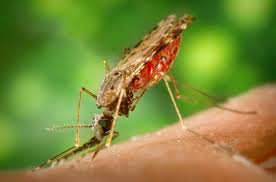
Cotton wool disease is the most common cause of sudden mass mortalities among adult bettas. It is an infection of the outer skin produced by the Flexibacter columnaris bacteria. These bacteria usually cause outbreaks in fish that have recently undergone stress.
One of the more common betta diseases, simply transporting your betta fish home can put him at risk. Other causes of stress which increase the odds of contracting these bacteria include poor tank water quality, shipping, crowding and low oxygen levels.
Cotton wool disease starts out as a translucent layer on the betta’s skin. This mucoid then rapidly expands as it eats away the flesh, leaving muscle, tissue and blood vessels exposed. Literally within hours pus leaks out of this legion on the fish into the tank water. This is a very fast-moving, fast-acting bacterium, and once in the water can spread rapidly to other fish. Death usually comes within 12 to 24 hours of the first sign of disease.
Because this is one of the fastest acting of all betta diseases, you must take swift action. Each betta must be isolated immediately, and any with advanced bloody, wispy legions need to be mercifully dispatched, as they are too far gone for treatment. Treatable fish with early stage legions need to be placed in fresh, clean water with 4 teaspoons of sea salt added per gallon.
Potassium permanganate or chromate should also be added per package instructions. The marine salt assists osmotic balance and skin repair, while the permanganate oxidant kills the bacteria. Fish that appear not to have been infected need also be treated, as to catch the disease in its earliest stages.
Bettamax is produced by the Aquatronics Corporation, and is commonly used as treatment for many betta diseases. Many betta owners have also used it to treat bettas suffering from this particular condition. While it is an effective treatment in some applications, this is generally a wasted measure in this particular case. It contains three sulfa drugs which are of little value when used as treatment for cotton wool disease, as they must be applied directly to the skin and are not absorbed from water.
As with most betta diseases, poor tank conditions are the most likely cause of stress on your fish, which make him much more susceptible to this affliction. Proper tank care should always be followed, and monitoring of tank conditions should be an ongoing process. As always, consult a good guide for tank water treatment and proper care of your betta fish.

Source by Elizabeth Christopher
 Vitamin Agent The Health & Naturalistic Source
Vitamin Agent The Health & Naturalistic Source





